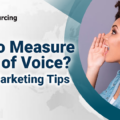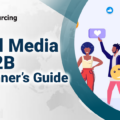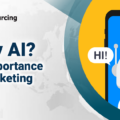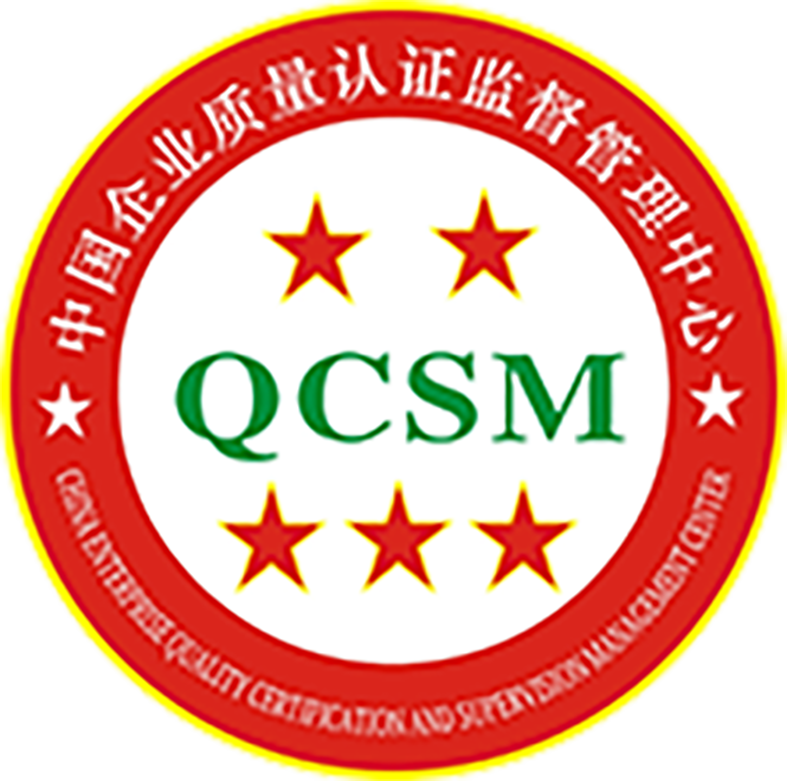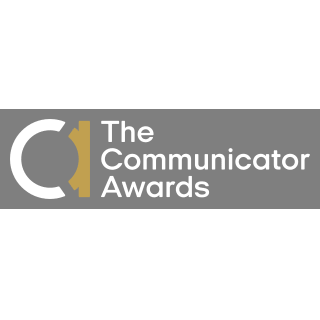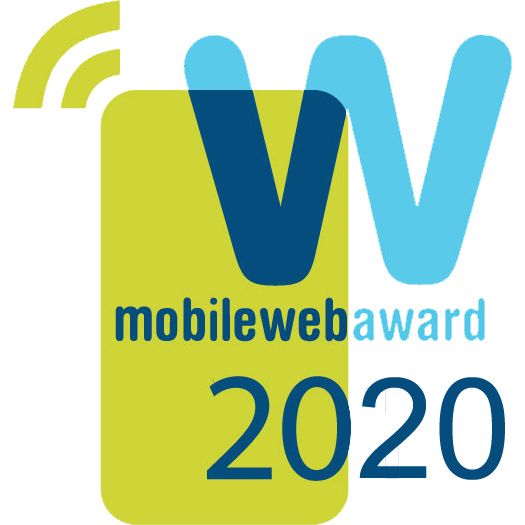Measuring your social media campaigns is the final phase before you start the process over. You need to track your campaign’s performance through campaign measurement to see how your efforts are paying off. Without a way to measure social media campaign success, you’ll be in the dark when it comes to knowing if you’re on the right track.
Social media campaign measurement gives you a clearer idea of what’s working and what’s not. Your content deserves to be recognized, and tracking its success can help you decide how to capture your audience’s attention.
Step 1: Define Your Social Media Goals
Setting goals is always the first step in any type of marketing.
There are a few different ways to approach setting social media goals. One way is to choose objectives that align with your business goals. For example, if you want to increase brand awareness, you might set a goal to get more followers on social media platforms.
Another way to set social media goals is by considering what you want your audience to do as a result of seeing your content. For instance, if you want them to purchase a product, click on a link, or sign up for a newsletter, make sure those desired actions are reflected in your goals.
Step 2: Choose the Right KPIs To Track and Measure
Example social media metrics include, but are not limited to:
- Audience/follower count before and after the campaign
- Likes
- Shares
- Comments
- Click-throughs
- Link clicks
- Conversion rate (e.g., signups, purchases, etc.)
- Impressions
- Post reach
- Potential reach
- Cost per click (CPC)
- Cost per thousand impressions (CPM)
- Applause rate (total positive actions divided by total followers, multiplied by 100 to calculate the percentage)
- Amplification rate (how many people in your audience share your content with their audience)

With so many different metrics to choose from, how do you know which ones are the most important? Here are a few factors to consider:
- Align your KPIs with your original goals. Whether you want to increase brand awareness or engagement or drive more traffic to your website, choose KPIs that relate to your goal.
- Consider your target audience. Different demographics will respond differently to various types of content, so it’s important to know who you’re trying to reach before you select your KPIs.
- Differentiate for the platforms you’re using. Different social media platforms track different metrics. For example, learning how to measure Facebook campaign success will be different than measuring success on Twitter. See what’s available in your analytics dashboards.
Step 3: Measure Your Social Media Campaign Results
Once you launch your campaign, it’s time to measure and optimize social media marketing campaigns. You don’t have to wait until your campaign is over. Depending on the analytics platform you’re using, you may be able to track movement in real time.
For example, Google Analytics is a helpful campaign-focused tool for tracking website traffic and engagement. You can see what content your audience is engaging with, how long they’re staying on a landing page, bounce rate, and other metrics.
Step 4: Monitor, Analyse, and Report
You can monitor performance over time, not just when your campaign starts and ends. You can track your progress over weeks, months, and even years to see how your brand is growing in the market.
With this data, you can see how cost-effective your social media marketing campaigns are. Cost effectiveness can help you justify spending more on future campaigns or allocate more funds to one platform versus another.
Lastly, create custom reports from your data to provide to leaders and C-suite executives that demonstrate how you’re making a difference.
Step 5: Refine Your Social Media Campaign and Repeat
Now is the time to go back and make them even better.
For example, if you’re not getting many clicks or conversions, you could A/B test a different call to action. If you’re getting lots of click-throughs to your website but no sales, then you might need to tweak your landing page. Or it could be that your ad content has failed to engage your audience.
Talking about social media, Instagram (IG) is probably one of the most popular choices for business use. If you want a deeper insight into the latest IG algorithms and tricks, don’t miss out on the upcoming Digital Academy webinar on 28 July! Rem Chiu from MORE Digital will share her expertise on IG with the audience, pre-register to reserve your seat:
In addition, find us for promoting your digital business to the next level by clicking below banner:
This article is originally published by Meltwater:
Meltwater provides social and media intelligence. By examining millions of posts each day from social media platforms, blogs, and news sites, Meltwater helps companies make better, more informed decisions based on insight from the outside. Learn more at meltwater.com.






